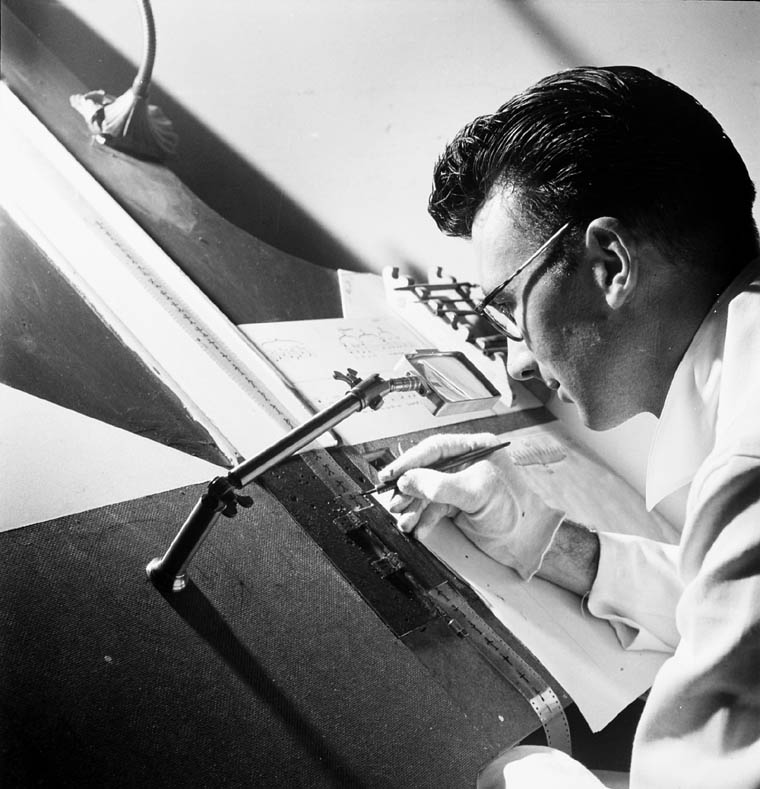|
Tonic Trouble
''Tonic Trouble'' is a 1999 action-adventure game developed by Ubi Soft Montreal and published by Ubi Soft. The game follows janitor Ed, who drops a container of unidentified fluid from his spaceship to Earth, transforming the planet into a mutated version of itself. Drunkard Grögh drinks from the container and is granted powers that lead him to conquer Earth. Assuming the role of Ed, the player is tasked with solving puzzles and defeating enemies to acquire the tools to conquer Grögh and repossess the container to create an antidote. ''Tonic Trouble'' was conceptualized by Michel Ancel and developed by a team of around 120 people, starting pre-production in June 1996. After multiple delays, the game was released for Nintendo 64 in August 1999, with a Windows version following that December. A Game Boy Color adaptation was made by RFX Interactive and released in Europe in 2000. ''Tonic Trouble'' received a mixed response from critics, who approved of the controls, score, leve ... [...More Info...] [...Related Items...] OR: [Wikipedia] [Google] [Baidu] |
Ubi Soft Montreal
Ubisoft Divertissements Inc., doing business as Ubisoft Montreal, is a Canadian video game developer and a studio of Ubisoft based in Montreal. The studio was founded in April 1997 as part of Ubisoft's growth into worldwide markets, with subsidies from the governments of Montreal, Quebec, and Canada to help create new multimedia jobs. The studio's initial products were low-profile children's games based on existing intellectual property. Ubisoft Montreal's break-out titles were 2002's ''Tom Clancy's Splinter Cell'' and 2003's '' Prince of Persia: The Sands of Time''. Subsequently, the studio continued to develop sequels and related games in both series, and developing its own intellectual properties such as ''Assassin's Creed'', ''Far Cry'', ''Watch Dogs'', and ''For Honor''. As of 2021, the studio employs more than 4,000 staff. The studio helped to establish Montreal as a creative city, and brought other video game developers to establish studios there. History Backgroun ... [...More Info...] [...Related Items...] OR: [Wikipedia] [Google] [Baidu] |
Mad Doctor
The mad scientist (also mad doctor or mad professor) is a stock character of a scientist who is perceived as " mad, bad and dangerous to know" or " insane" owing to a combination of unusual or unsettling personality traits and the unabashedly ambitious, taboo or hubristic nature of their experiments. As a motif in fiction, the mad scientist may be villainous (evil genius) or antagonistic, benign, or neutral; may be insane, eccentric, or clumsy; and often works with fictional technology or fails to recognise or value common human objections to attempting to play God. Some may have benevolent intentions, even if their actions are dangerous or questionable, which can make them accidental antagonists. History Prototypes The prototypical fictional mad scientist was Victor Frankenstein, creator of his eponymous monster, who made his first appearance in 1818, in the novel ''Frankenstein, or the Modern Prometheus'' by Mary Shelley. Though the novel's title character, Victor Franke ... [...More Info...] [...Related Items...] OR: [Wikipedia] [Google] [Baidu] |
Animator
An animator is an artist who creates multiple images, known as frames, which give an illusion of movement called animation when displayed in rapid sequence. Animators can work in a variety of fields including film, television, and video games. Animation is closely related to filmmaking and like filmmaking is extremely labor-intensive, which means that most significant works require the collaboration of several animators. The methods of creating the images or frames for an animation piece depend on the animators' artistic styles and their field. Other artists who contribute to animated cartoons, but who are not animators, include layout artists (who design the backgrounds, lighting, and camera angles), storyboard artists (who draw panels of the action from the script), and background artists (who paint the "scenery"). Animated films share some film crew positions with regular live action films, such as director, producer, sound engineer, and editor, but differ radically ... [...More Info...] [...Related Items...] OR: [Wikipedia] [Google] [Baidu] |
Video Game Programmer
A game programmer is a software engineer, programmer, or computer scientist who primarily develops codebases for video games or related software, such as game development tools. Game programming has many specialized disciplines, all of which fall under the umbrella term of "game programmer". A game programmer should not be confused with a game designer, who works on game design. History In the early days of video games (from the early 1970s to mid-1980s), a game programmer also took on the job of a designer and artist. This was generally because the abilities of early computers were so limited that having specialized personnel for each function was unnecessary. Game concepts were generally light and games were only meant to be played for a few minutes at a time, but more importantly, art content and variations in gameplay were constrained by computers' limited power. Later, as specialized arcade hardware and home systems became more powerful, game developers could develop d ... [...More Info...] [...Related Items...] OR: [Wikipedia] [Google] [Baidu] |
A Link To The Past
''The Legend of Zelda: A Link to the Past'' is an action-adventure game developed and published by Nintendo for the Super Nintendo Entertainment System. It is the third game in ''The Legend of Zelda'' series and was released in 1991 in Japan and 1992 in North America and Europe. The story is set many years before the events of the first two ''Zelda'' games. The player assumes the role of Link as he journeys to save Hyrule, defeat the demon king Ganon, and rescue the descendants of the Seven Sages. It returns to a top-down perspective similar to the original ''The Legend of Zelda'', dropping the side-scrolling gameplay of '' Zelda II: The Adventure of Link''. It introduced series staples such as parallel worlds and items including the Master Sword. Released to critical and commercial success, ''A Link to the Past'' was a landmark game for Nintendo and is considered one of the greatest video games of all time. It was ported to the Game Boy Advance as '' A Link to the Past and ... [...More Info...] [...Related Items...] OR: [Wikipedia] [Google] [Baidu] |
Day Of The Tentacle
''Day of the Tentacle'', also known as ''Maniac Mansion II: Day of the Tentacle'', is a 1993 graphic adventure game developed and published by LucasArts. It is the sequel to the 1987 game ''Maniac Mansion''. The plot follows Bernard Bernoulli and his friends Hoagie and Laverne as they attempt to stop the evil Purple Tentacle - a sentient, disembodied tentacle - from taking over the world. The player takes control of the trio and solves puzzles while using time travel to explore different periods of history. Dave Grossman and Tim Schafer co-led the game's development, their first time in such a role. The pair carried over a limited number of elements from ''Maniac Mansion'' and forwent the character selection aspect to simplify development. Inspirations included Chuck Jones cartoons and the history of the United States. ''Day of the Tentacle'' was the eighth LucasArts game to use the SCUMM engine. The game was released simultaneously on floppy disk and CD-ROM to critical a ... [...More Info...] [...Related Items...] OR: [Wikipedia] [Google] [Baidu] |



